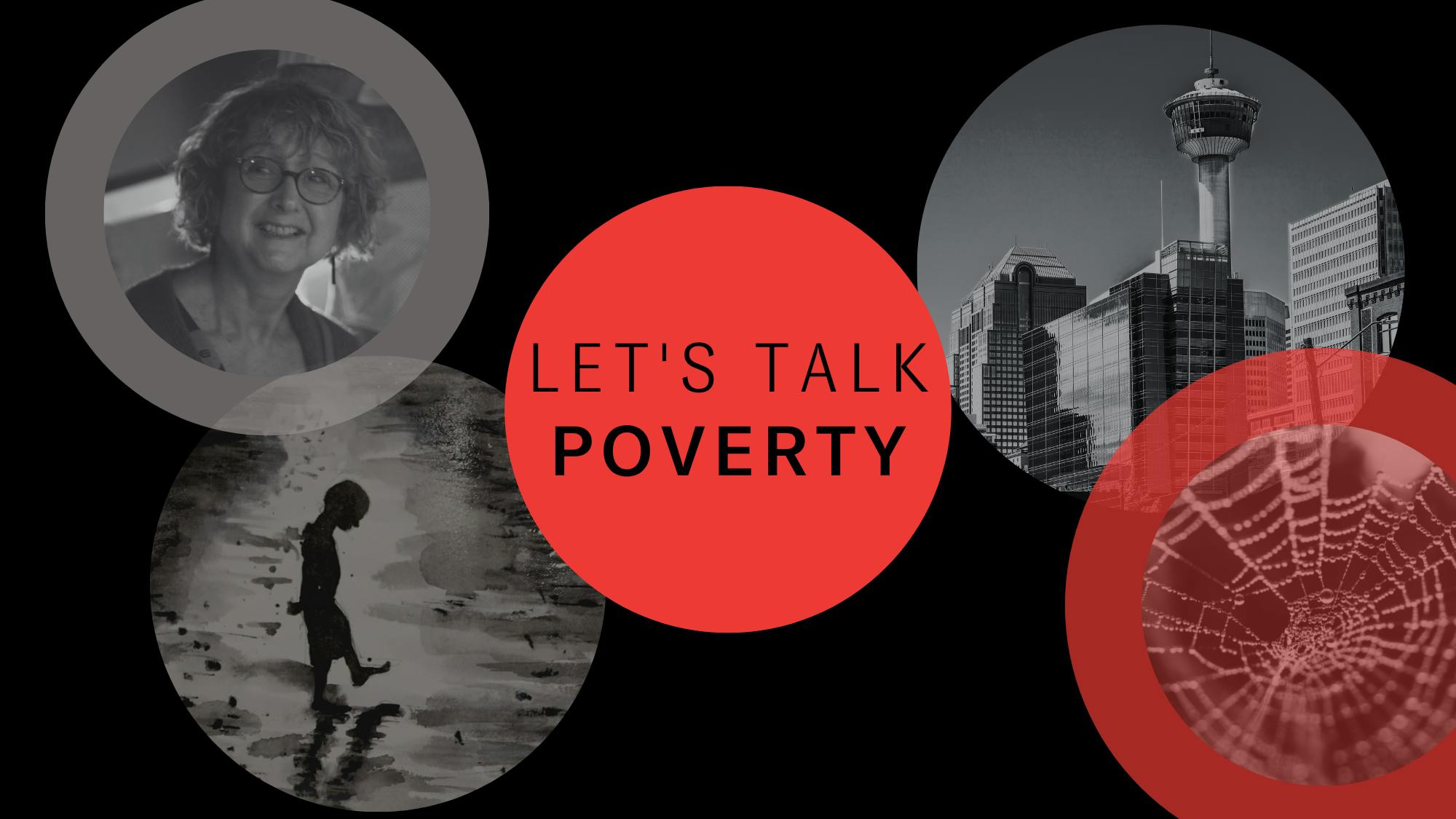A report recently released from the Neighbourhood Change Research Partnership titled “Socio-Spatial Polarization in an Age of Income Inequality: An Exploration of neighbourhoods in Calgary’s Three Cities” found here, documents the trend of growing inequality in our city. The report highlights that while Calgary has the highest average household income in Canada, it is also “the second most unequal city in Canada” (p. 24). In summary, the authors found that Calgary neighbourhoods have seen a change in income over the last thirty years. They have identified three distinct income classes: City 1, 2, and 3, all grouped according to the change in income ratio over a period of thirty years from 1980-2010.
City 1: This includes neighbourhoods in Calgary that have seen an increase in income, and geographically they reside primarily in the inner city, and sections of the city’s northwest. Some of the social characteristics in this city include a high incidence of occupations in the managerial or professional sector, and it’s worth noting that the income ratio compared to the average has almost doubled over the last thirty years. That is, “while many neighbourhoods are becoming poorer over time, a select few are becoming extremely wealthy” (p. 24).
City 2: This includes neighbourhoods where incomes have remained stable or remain unchanged over the last thirty years. The neighbourhoods in city 2 include primarily older, more established residential areas of the city. This middle-income group has declined over time. In 1970, the authors report “the vast majority [70%] of neighbourhoods [in Calgary] were middle income” (p. 6). When looking at the size of that income group in 2006, that number drops to only 13%. City 2 or “the middle-income group” represents the smallest income ratio group.
City 3: This includes neighbourhoods that have seen a decrease in income, and geographically these neighbourhoods reside almost entirely in the suburbs. This represents a dramatic shift from the 1970s, when lower income neighbourhoods resided almost entirely in the inner city. Sadly, in 2010 income declining neighbourhoods have tripled in size, and it is now the largest income ratio group representing 59.6% of neighbourhoods. This means neighbourhoods that were previously considered middle income have, over time, moved to low or very low incomes. The authors report another disturbing truth, “the poorest of these neighbourhoods in 2010 is worse off than the poorest tract in 1980” (p. 15). Occupations in these neighbourhoods include sales, service, and manufacturing trades.
So, what can we learn from Calgary’s increasing income inequality and how does this report inform the Enough for All strategy?
The authors report some concerning statistics about city 3, and the racialization of income inequality by stating “city 3 is home to almost two thirds (66.3%) of recent immigrants and includes significantly higher share (73.4%) of visible minorities in its constituent neighbourhoods” (p. 22-23). Many Indigenous Calgarians live in these neighbourhoods. Those of us involved with the implementation of the Enough for All strategy, and who are working toward poverty reduction for Indigenous people, are aware of the intersections between poverty and racism, however rarely do we see the economic impact of racism as it is described in this report.
One of Enough for All’s goals is that all Calgary communities are strong, supportive and inclusive. Once it is realized, one vision for this goal could mean that all communities are more integrated, and income is less polarized. This can only happen if we have people from all three income ratio groups working together, building community.
Another takeaway from this report relates to the way in which we measure our success at reducing poverty. Although no singular measure of poverty in Canada exists, municipalities typically use the Low Income Cut Off (LICO) to determine the poverty rate. But what about also using the same tool used to measure income inequality, the Gini coefficient? Measuring and reporting on income inequality could be another way in which we measure the impact of our goal around strong, supportive, and inclusive communities.
And lastly, this report illustrates that more and more Calgary neighbourhoods are experiencing a decrease in income, even during Alberta’s economic boom times, which cautions us that a strong economy alone will not decrease poverty. This is, after all, why we needed a poverty reduction strategy in the first place: Even in the city with one of the strongest economies in the country, and until recently, with one of the lowest unemployment rates, poverty is real. What good is a strong economy if not everyone benefits? Reducing poverty means we must consider the potential negative impacts of income inequality as it relates to creating strong, supportive, and inclusive communities.
For more about income inequality in Canada and Alberta read about the 2016 census here The Daily — Household income in Canada: Key results from the 2016 Census and a blog post from the Parkland institute about the 2016 census here. Also, read about Neighbourhood Change Research Partnership here.


